Getting skin in top shape requires constant attention. Editor Trudi Brewer shares a professional skin treatment anyone can do at home. Here’s the low down on skin needling and why experts say we should all be practising this beauty duty daily.
Image BeautyEQ
If the thought of needling your face terrifies you, you may be tempted once you get across the benefits. Here is the DIY guide to micro-needling your skin at home, a cost-effective beauty duty and the fastest way to a smoother, firmer-looking complexion. Roll on to learn more.
What is skin needling?
Today there is a micro-needling revolution. No longer is this the treatment to have at luxe-y spas and beauty salons; it is a DIY skincare practice that anyone can achieve. First, it would be remiss not to mention its origins. South African Plastic surgeon Dr Des Fernandes (founder and scientific director of Environ skincare) pioneered this innovative technology over 20 years ago. In 1997, Fernandes needled himself for the first time using a tattoo pen. Dissatisfied with that experience, he had special rollers made with thin needles and began testing: first on himself, then his patients. The results were impressive. Not just for vanities, such as reducing the look of wrinkles; it also helped blur the look of stretch marks, acne and burn scars. So, back to what skin needling can do for your skin? According to Carol Geal, one of Environ’s technical educators based in Auckland, “Micro-needling at home involves rolling a small device with stainless steel micro-needles (it looks like a tiny paint roller covered in spikes) gently over the face to prick the skin and create micro-channels in it.” Geal says this allows for superior penetration of the active skincare ingredients. “The epidermis (the outer layer of skin) is usually resistant to the penetration of substances into the skin, so when micro needling is performed regularly, between five and seven times a week, skin health, and conditions such as fine lines, texture and tone, can be visibly improved.”
What is the difference between DIY needling and an in-salon treatment?
Essentially it all comes down to the needle length. Gael says, in the hands of an expert, “A beauty therapist or medical professional, generally uses a topical anaesthetic before needling, then rolls the skin with needles that range between 1.00mm and 2.00 mm in length (DIY rollers have 0.1mm to 0.2mm needles). While surgical needling uses a surgical roller with needles 3.00mm in length, designed for deep scarring to boost skin regeneration. Tiny blood vessels are pricked during the treatment with a dermal roller device. This releases your natural growth factors, encouraging the growth of healthy new collagen and elastin, allowing the skin to regenerate itself.” While home care is less invasive using shorter needles. “Dr Fernandes supports micro-needling with shorter needles (0.1mm or 0.2mm) to ensure that it's easy to do and pain-free, which allows for a more intensive needling experience,” says Geal. For the best results, micro-needling is all about the number of holes you create, not the length of the needles. “It should be pain-free with no bleeding, as the DIY roller needles only make minute micro channels into the top layer of the skin.” The idea behind the Environ needling technique is to enhance the penetration of active ingredients in skincare. “Our products contain active levels of vitamins A, C and E, peptides (proteins) and antioxidants that improve the skin’s overall health by safely and effectively delivering up to 100 times more of that ingredient to where the skin needs them most,” says Geal.
How to needle your skin at home?
On clean skin with gentle but firm pressure, divide the face into sections and roll the Cosmetic Roll-CIT over your skin in a star pattern. “The right rolling technique should be easy and quick. Begin by rolling vertically about four to five times, then obliquely and finally horizontally,” says Geal. "Make sure you pass the roller over the skin between two to four rolls on the same section, starting at the forehead, under the eyes, cheeks and jawline, and finally, both sides of the neck.” Geal adds this can be an intensive weekly treatment, which you can slowly increase the frequency to once a day, says Geal. If you think this sound like an extra laborious step in your beauty routine, once you master DIY miro-needling, it should only add five minutes to your regime. If you notice a slightly flushed look to the skin post-needling, this is normal and does not damage the skin. Once you've rolled your entire face, then apply serums and creams. Micro-needling is not just reserved for the face. Any area of the body can benefit from a collagen boost, including those stretch marks on your legs, chest, or butt.
The take home
Be consistent. This can be a daily beauty duty, says Geal. “Get into the habit of making needling a nightly ritual or at least every second night before bed. Roll your skin, then apply skincare. This is when you will see real results. Just like taking up a new exercise regime, it takes time to see results, but it’s well worth it.” Always rinse your Cosmetic Roll-CIT after use and store it inside the airtight container supplied. Geal says, “You can also use Environ’s Cleaning Solution once weekly or fortnight to remove any oil and debris from the roller.”
What’s new
As the pioneer of medical, surgical and cosmetic needling Dr Des Fernandes made micro needling available to the masses. You can purchase the at-home Environ Cosmetic Roll-CIT individually or as part of one of Environ’s 7 Holiday Gift Set offers - Environ’s Micro-Needling Fuller Effect Gift Set includes a 3DSynergé Filler Crème and Frown Serum, along with Environ's Micro-Needling Cosmetic Roll-CIT, for only $384. Enjoy a 20 per cent saving on these powerhouse boosters, plus receive the Cosmetic Roll-CIT free, which is a saving of $325, for a limited time.




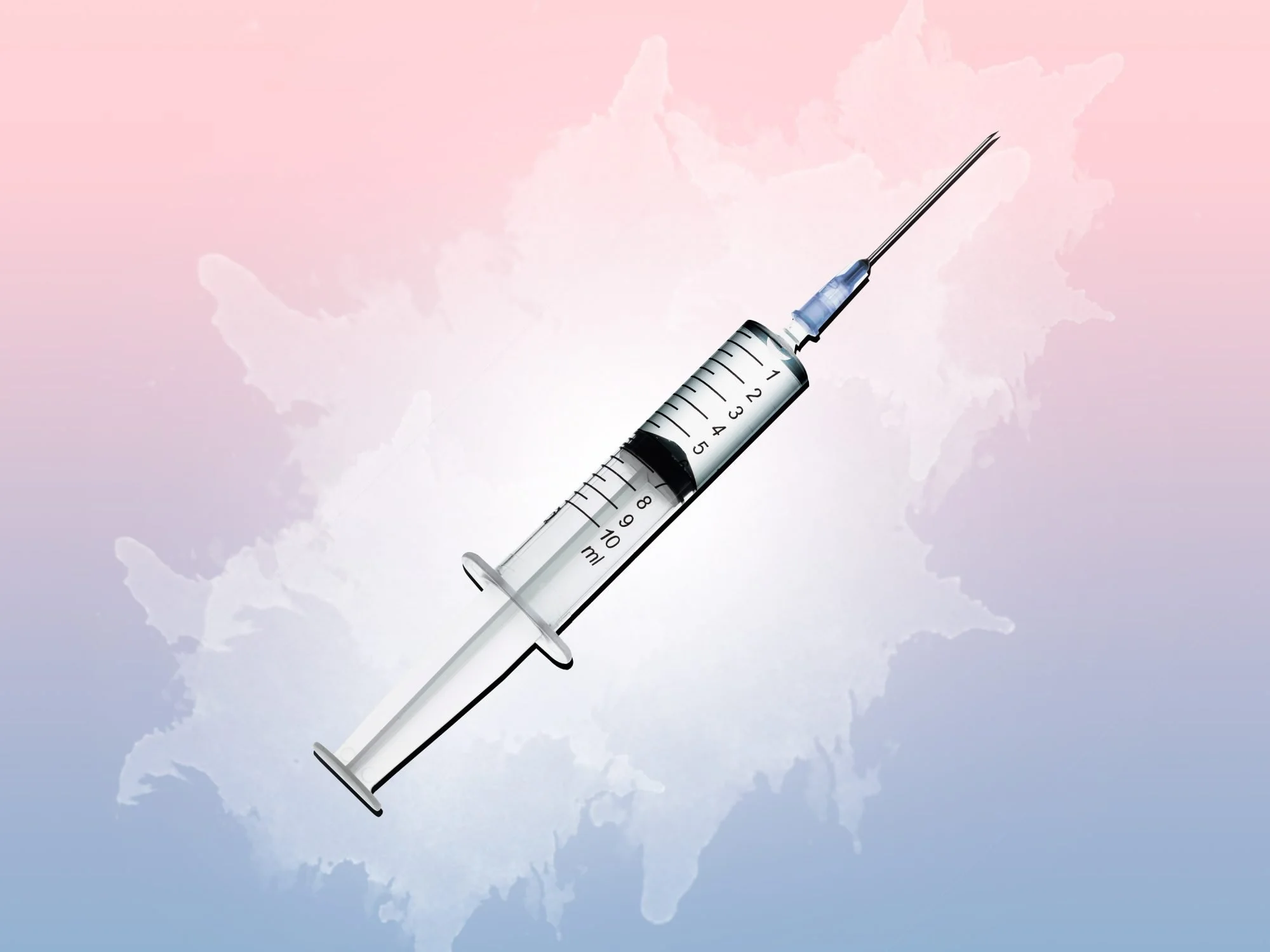

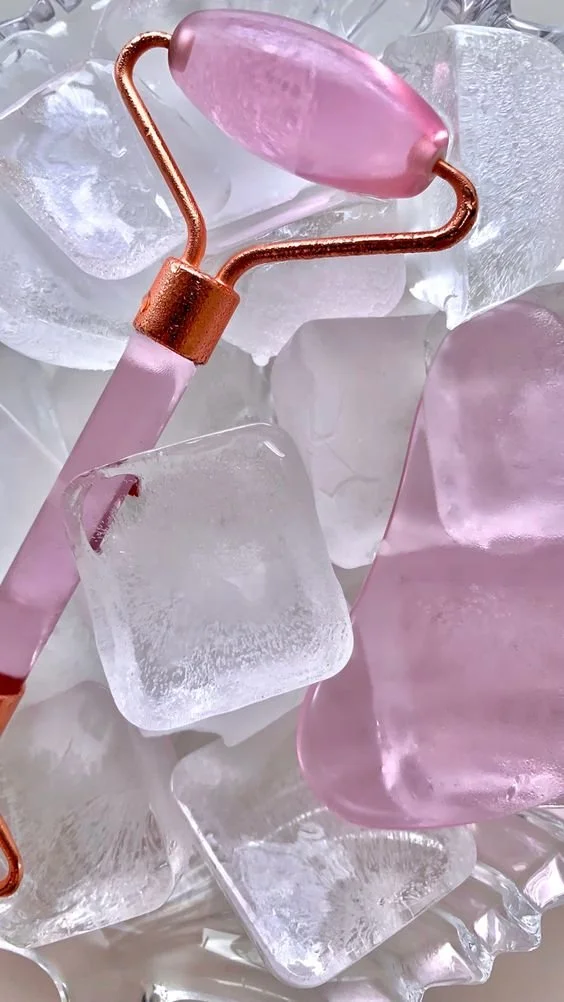

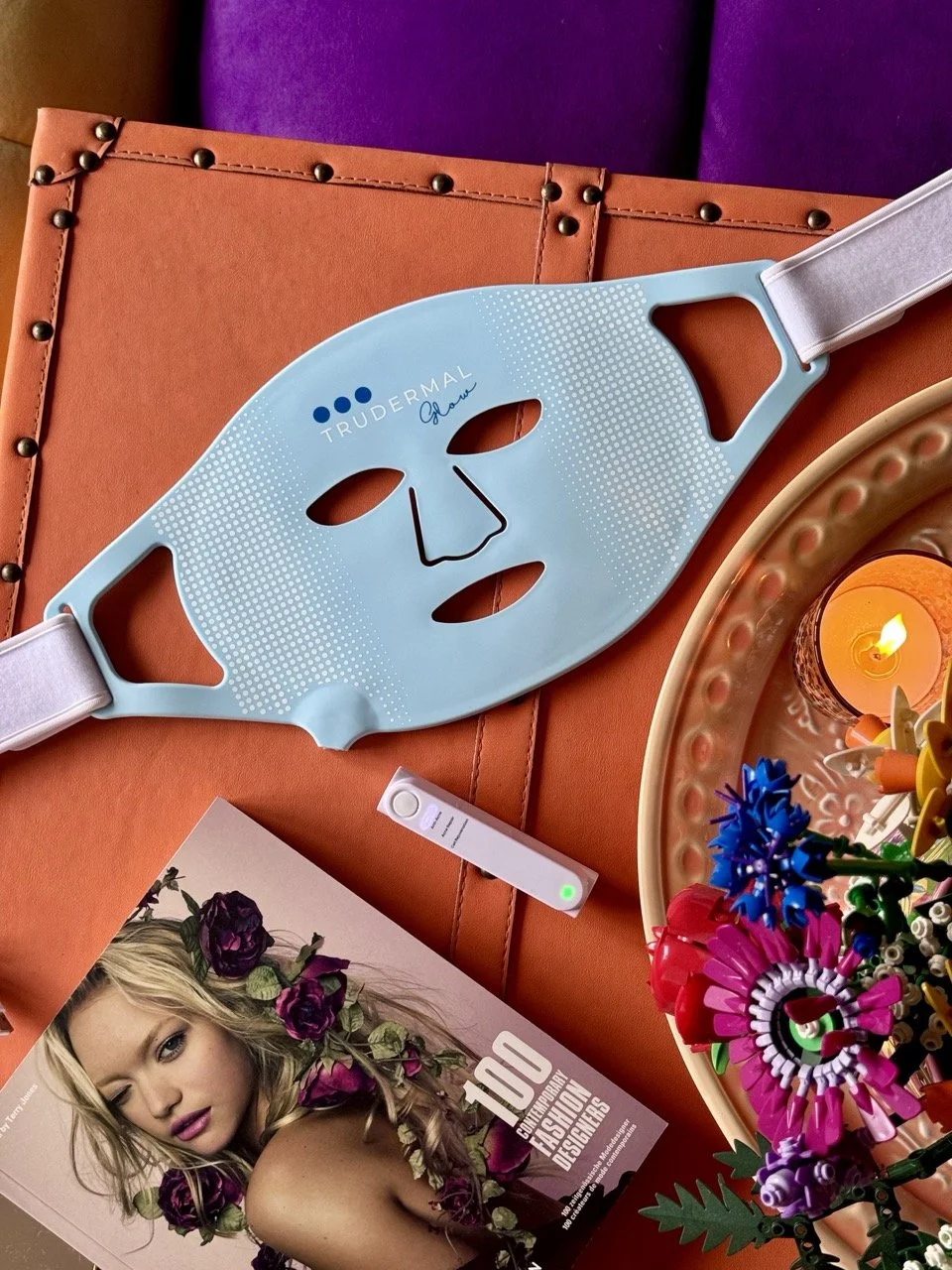
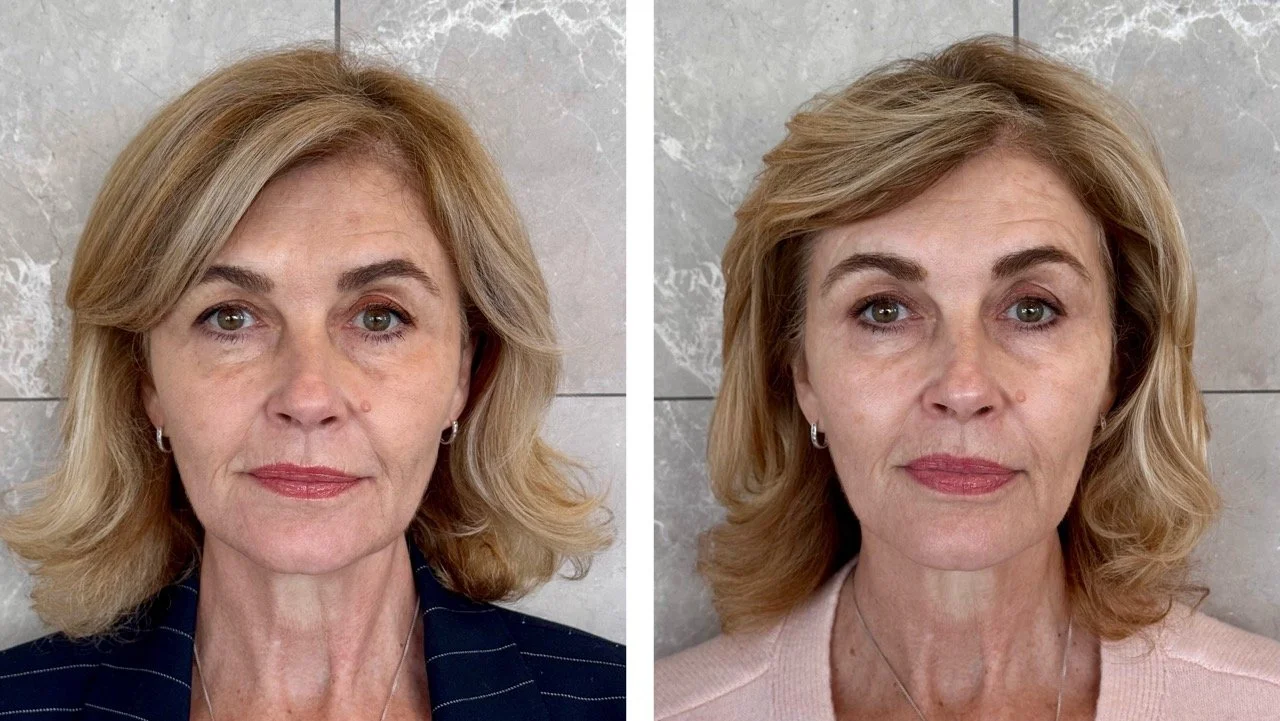

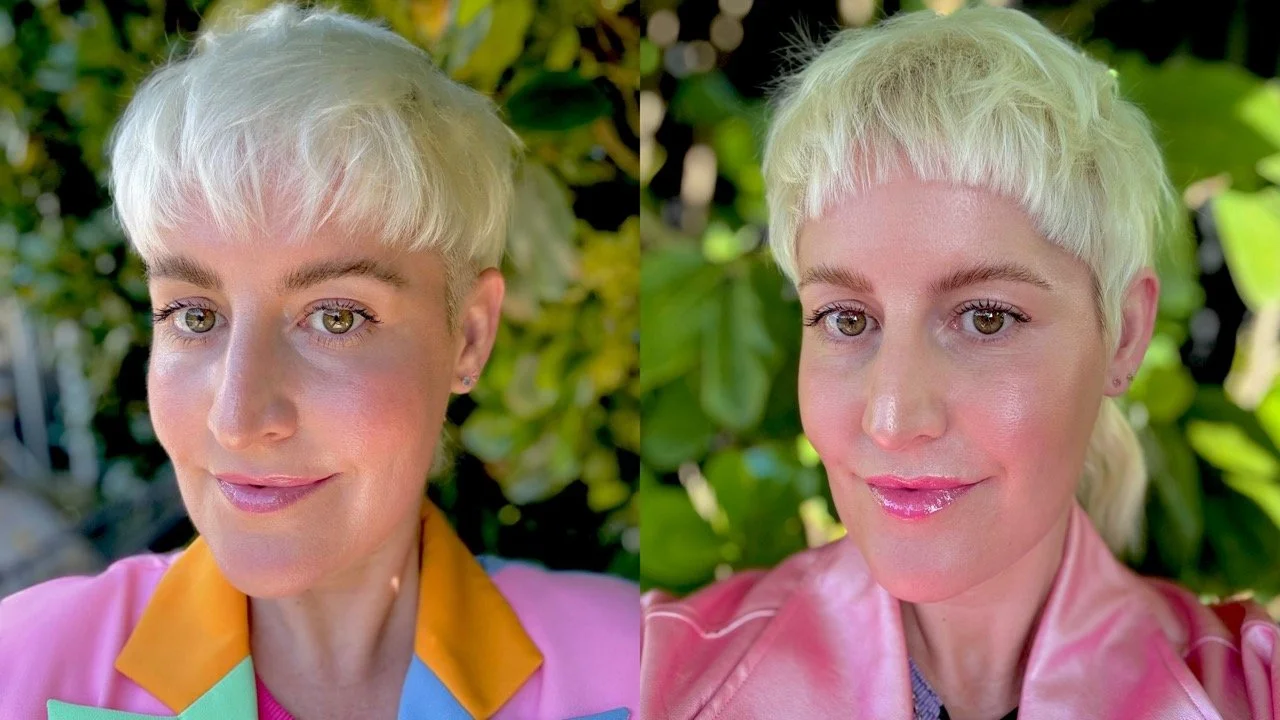

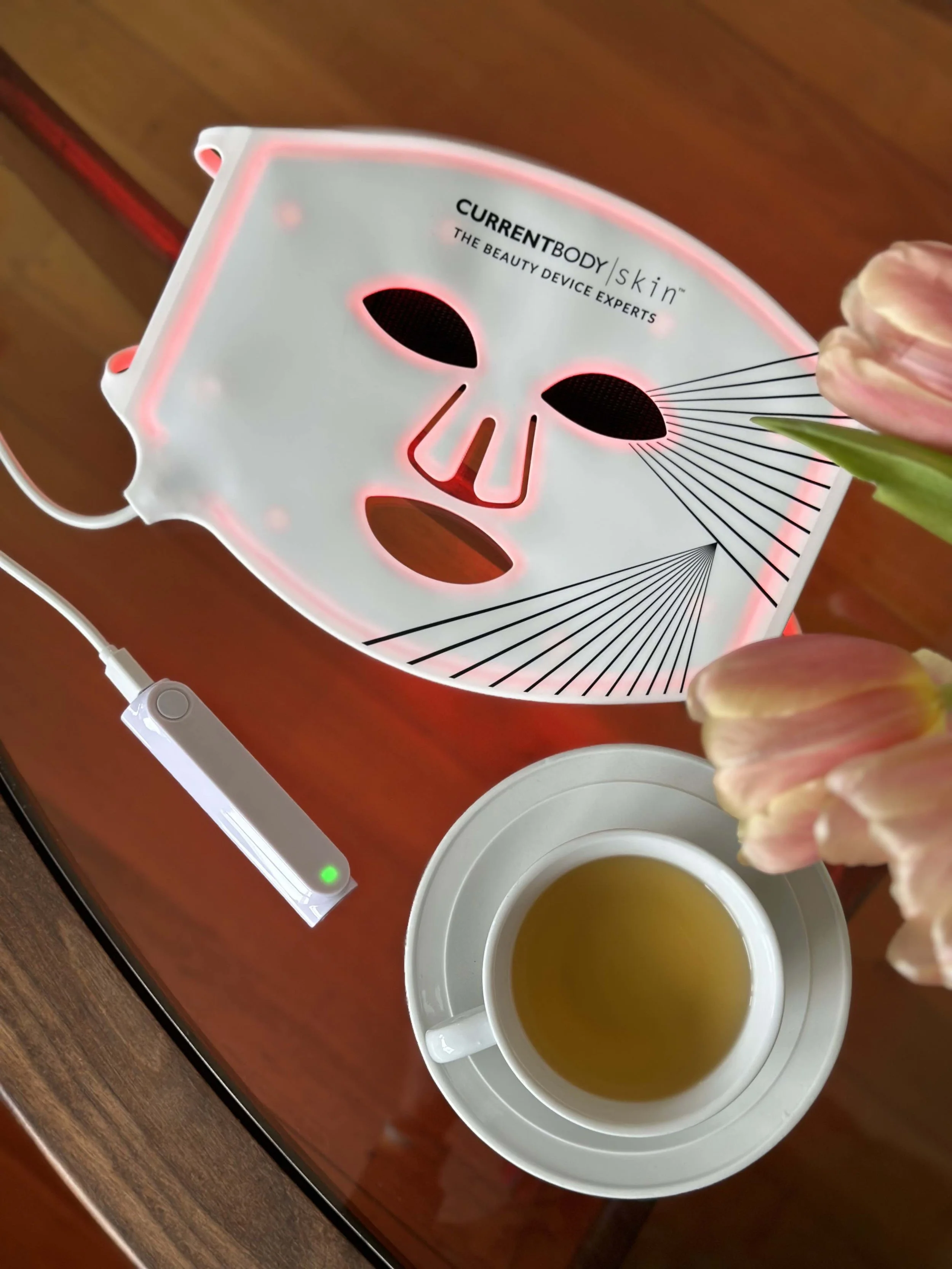





A doctor shares how it works.